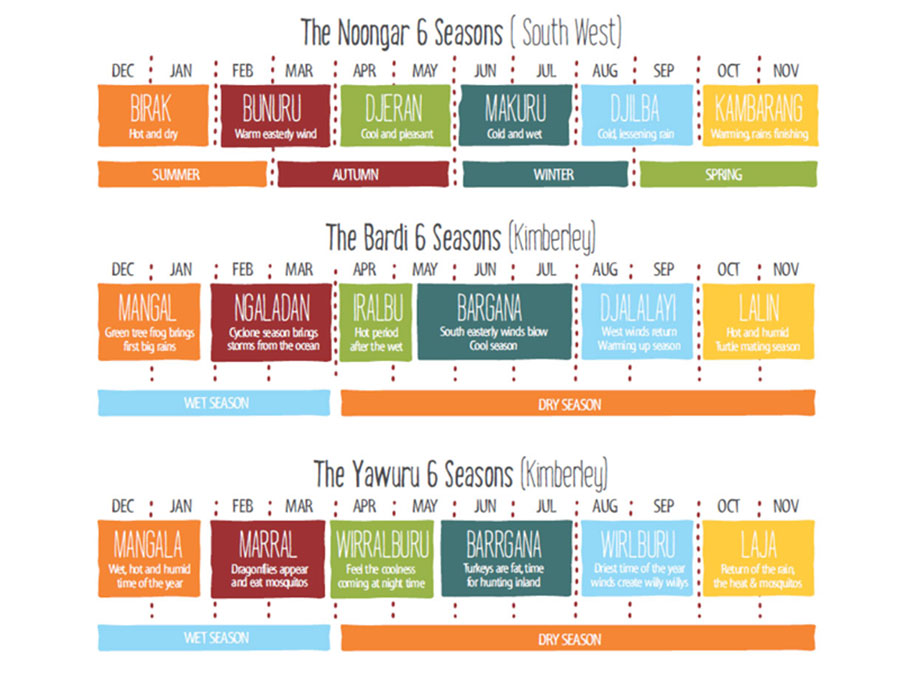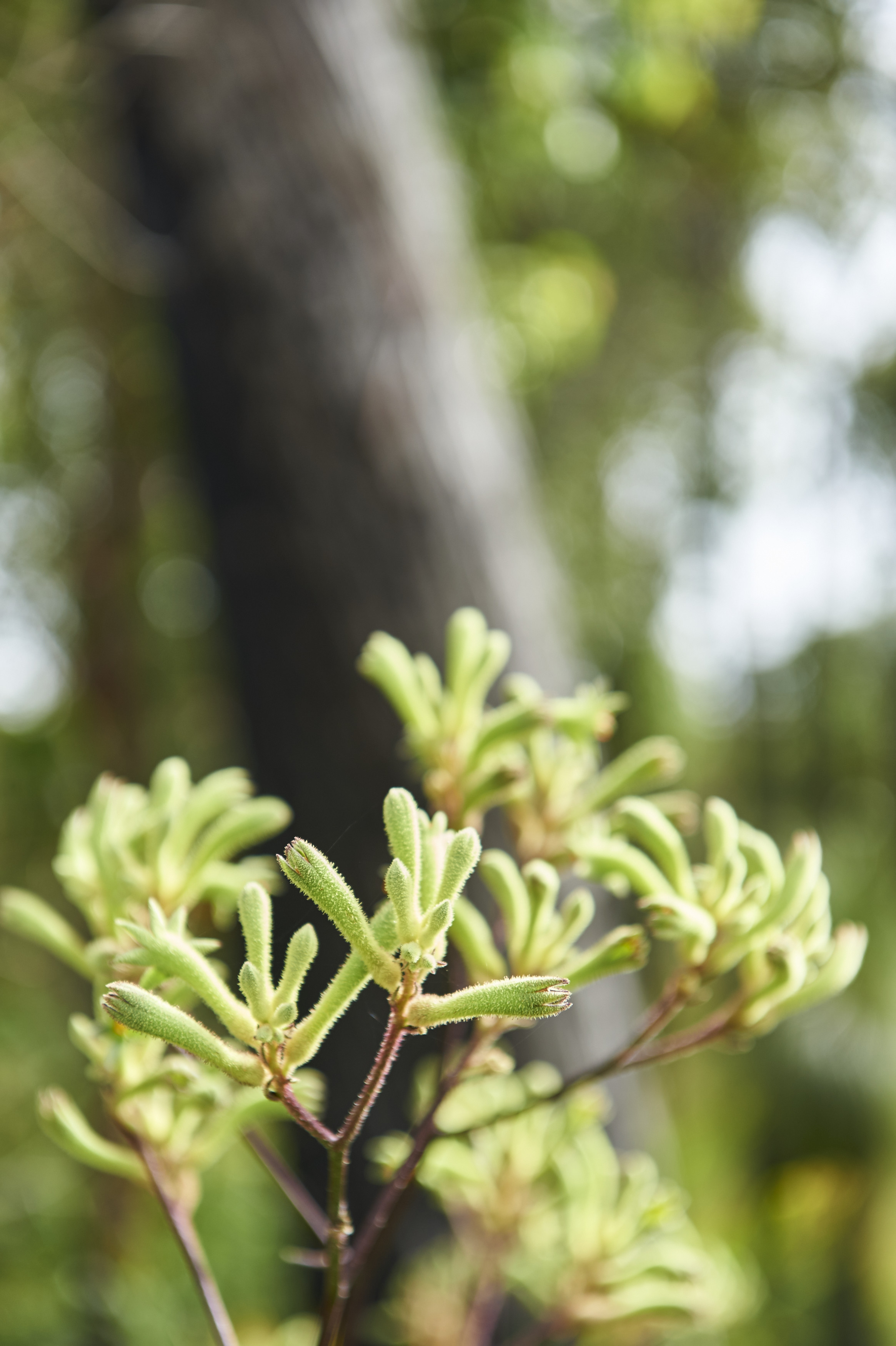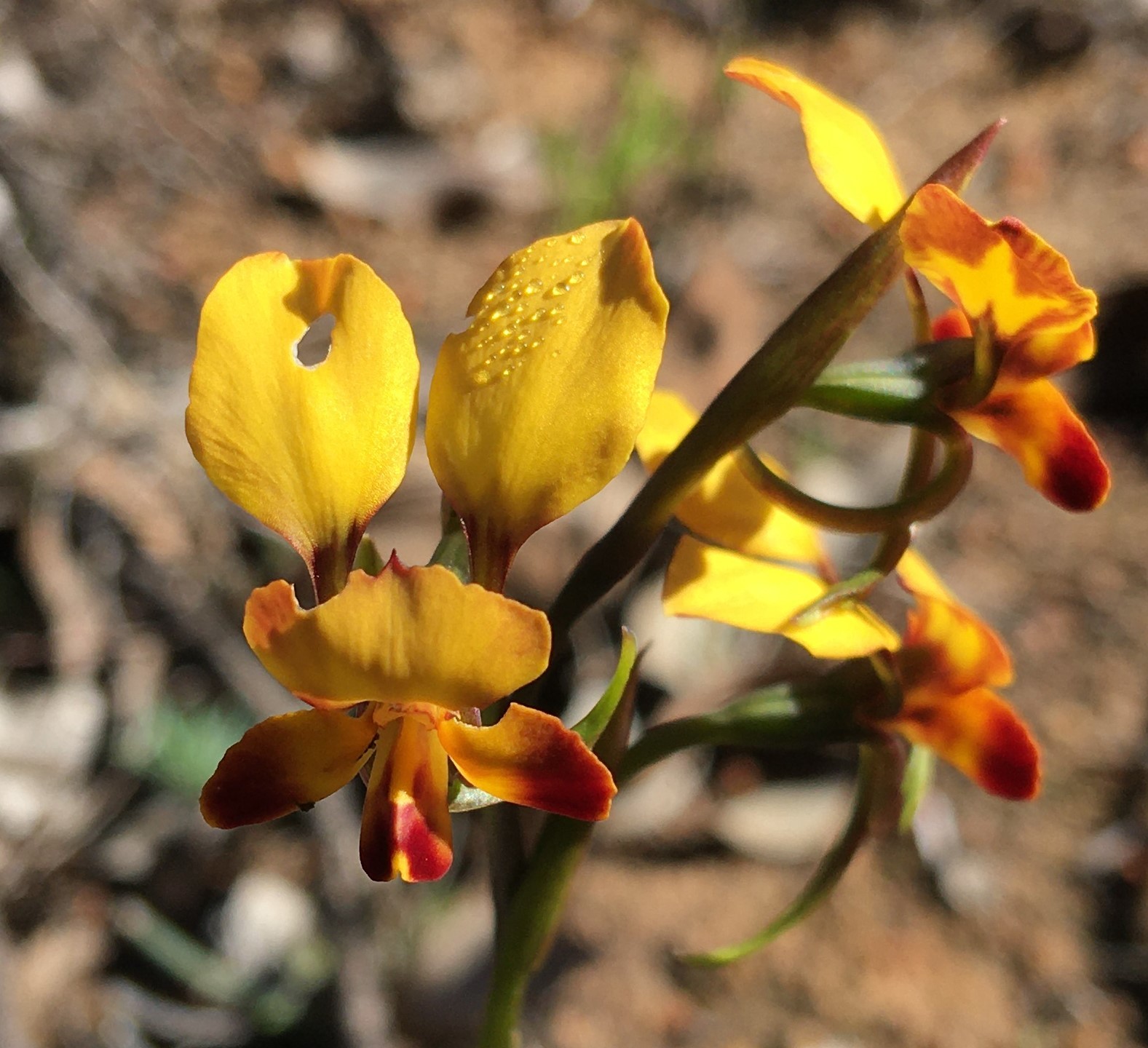
As we watch the landscape start to shimmer with ‘sunshine yellow’ blossom, we can feel the sun’s warmth growing stronger again. The season of birth – Kambarang – is here, also referred to as the wildflower season, for good reason.

With the slow waking of sleepy animals who have been hibernating throughout the colder months, there are also a few wildlife topics to keep your eyes out for. Firstly, this is the time when you are most likely going to encounter a waakal (python) or yoorn (bobtail lizard). You’ll also hear the koolbardie’s (magpie) babies crying out for their parents, it is the season of birth after all, and we all know they are very protective.
Traditionally, this is when the Noongar people would have moved towards the coast in search of freshwater crayfish, frogs and tortoises.
Although Kambarang is mainly associated with the colour yellow, there is such a huge variety of other rich colours on display.
The most significant and striking flower you will see is the Moodjar, Western Australia’s native Christmas tree, which flowers from late October through to January. This tree carries bright orange and yellow flowers, and is spiritually significant to the Noongar people. Its bright colours are another indication that the warm weather is heading our way.
So, while you enjoy the warmth, lack of rain, and lots of trips to the beach! don’t forget to have a look at those stunning wildflowers. Because, before you know it, it will be Christmas, and the season of Birak!
The Aboriginal six-season calendar varies for different groups throughout the state and across Australia. It acts as an extremely important guide, outlining what nature is doing at every stage of the year, and how to live safely, sustainably, and respectfully in relation to the land, plant and animal cycles and the preservation of environmental ecosystems.
